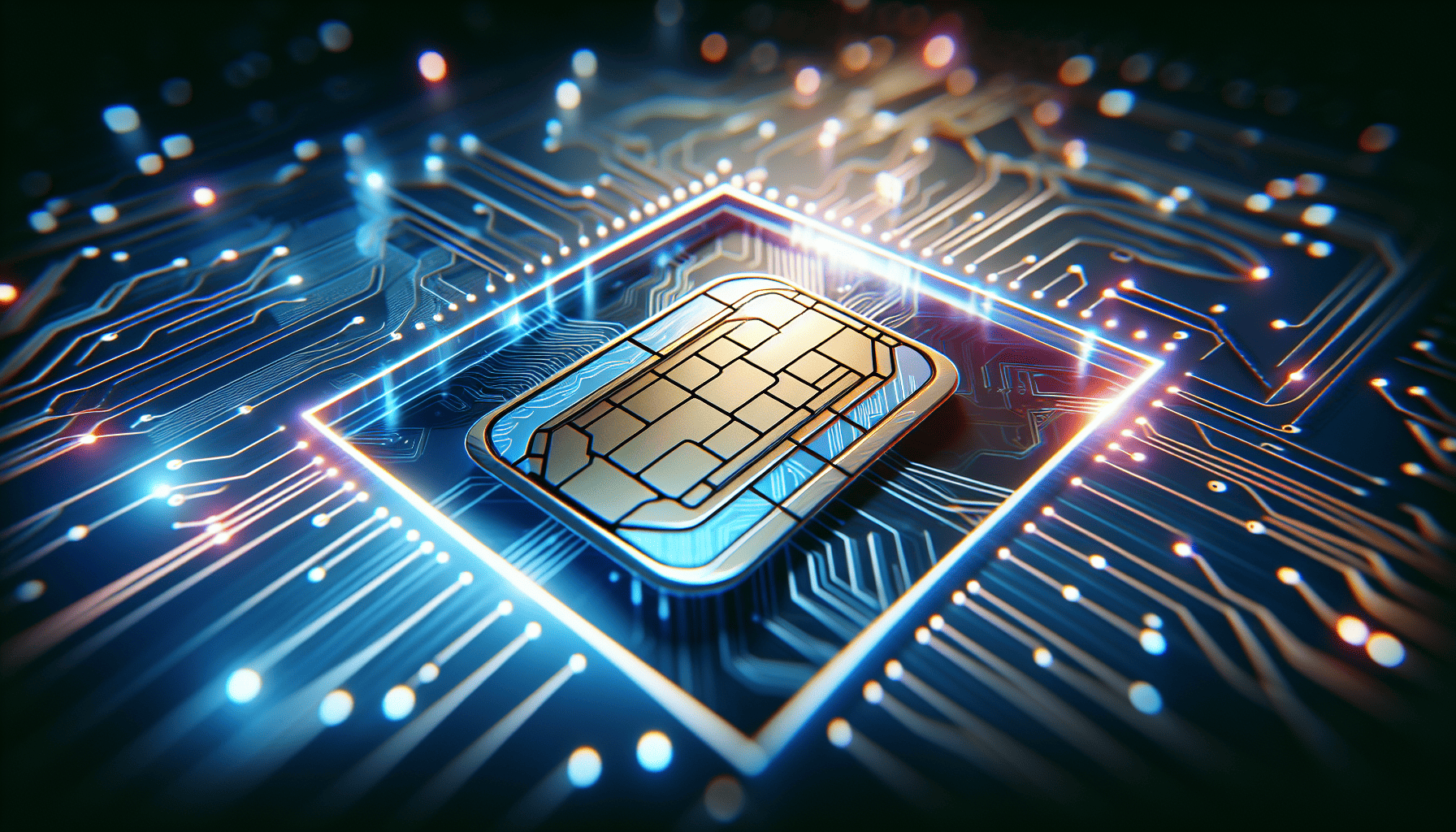In recent years, the evolution of Subscriber Identity Module (SIM) technology has brought remarkable changes to the telecommunications landscape. As we move forward, several trends and advancements are set to further transform how consumers and the industry manage connectivity, especially in tech-savvy nations like Australia.
1. The Rise of eSIM and iSIM:
The emergence of embedded SIM (eSIM) technology is set to redefine how Australians interact with their mobile devices. Unlike traditional SIM cards, eSIMs are built directly into mobile devices, allowing users to switch carriers or activate a new plan without needing a physical card. This flexibility is particularly appealing for travelers and remote workers, providing seamless global connectivity. Moving beyond eSIM, the integrated SIM (iSIM) is gaining traction. Built directly into the device's chipset, iSIM presents a more space-efficient solution and paves the way for slimmer device designs and improved battery life.
2. Enhanced Security and Privacy:
As digital engagement intensifies, concerns about security and privacy become paramount. Future SIM technology is expected to incorporate advanced security features such as improved encryption and biometric authentication to safeguard user data. This is crucial as consumers increasingly use mobile devices for sensitive transactions, enhancing confidence and trust in digital services.
3. Expansion of IoT Connectivity:
The Internet of Things (IoT) is rapidly expanding, and SIM technology is at the forefront of this growth. With millions of devices projected to be interconnected, future SIM advancements will support the massive connectivity demands of IoT ecosystems. From smart homes to connected vehicles, streamlined SIM solutions will enable hassle-free device communication and data transfer, significantly impacting sectors such as healthcare, agriculture, and logistics in Australia.
4. Network Agility and Dynamic Connectivity:
Future SIM technology will likely facilitate seamless user transitions between network operators and standards (e.g., 4G, 5G, or emerging 6G) without requiring hardware modifications. For consumers, this means uninterrupted connectivity and potentially lower costs as competitive carrier switching becomes more efficient. For the industry, it implies a more dynamic and flexible approach to infrastructure development, promoting innovative service offerings.
5. Personalized Consumer Experiences:
With advanced data analytics and machine learning capabilities, future SIM solutions will enable more personalized user experiences. By analyzing user behavior and preferences, telecom providers can offer custom-tailored plans and recommendations, setting new benchmarks for customer satisfaction and retention in the competitive Australian market.
6. Environmental Sustainability:
As environmental consciousness grows, the telecommunications industry is seeking ways to reduce its carbon footprint. The transition to eSIMs and iSIMs can contribute to sustainability by lowering the need for physical SIM cards and their associated waste. Future SIM technologies may also incorporate energy-efficient designs, aligning with global goals for greener telecommunications practices.
In conclusion, the future of SIM technology is vibrant and poised to drive sweeping changes across consumer interaction and telecommunications operations in Australia. With these advancements, Australians can expect more flexible, secure, and personalized connectivity solutions that cater to their evolving digital lifestyles. As the industry continues to innovate, the integration of these cutting-edge SIM solutions will undoubtedly shape the digital era, enhancing connectivity and fostering a more interconnected world.
